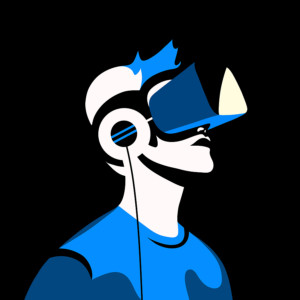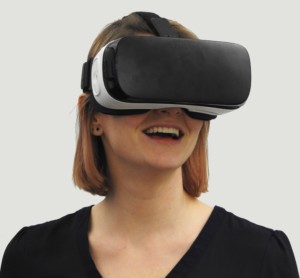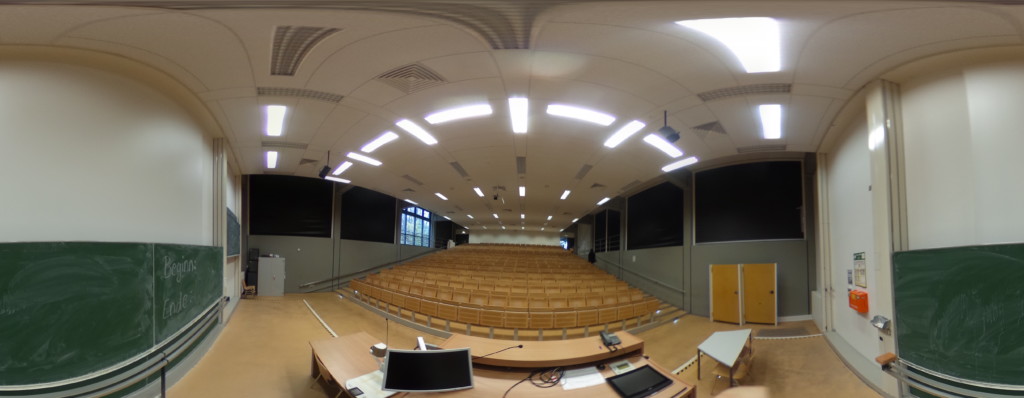 The COVID-19 pandemic and its distancing made teaching quite difficult. On-site trainings on the shop floor especially were no longer possible. Torbjørn Netland, Head of Chair of Production and Operations Management (POM) at ETH Zurich took this challenge as an opportunity and brought the factory to the students virtually. Let me show you his success.
The COVID-19 pandemic and its distancing made teaching quite difficult. On-site trainings on the shop floor especially were no longer possible. Torbjørn Netland, Head of Chair of Production and Operations Management (POM) at ETH Zurich took this challenge as an opportunity and brought the factory to the students virtually. Let me show you his success.
Introduction
As mentioned in my previous posts, learning lean is best done by doing. Unfortunately, this is not always feasible for larger groups of students. Still, visiting and observing the shop floor is highly beneficial. Seeing the actual work, watching the value add and the waste, and following the material flow is very insightful and aids in understanding the system.
Yet, with COVID-19 this was no longer possible. Plants locked down, and external access was given only to essential suppliers and service personnel. Students ranked very low in their need to be on the shop floor, and companies tried to protect the health of their employees. For almost two years, plant access for students was not possible.
Exploring the Shop Floor Virtually
 Prof. Torbjørn Netland, Head of Chair of Production and Operations Management (POM) at ETH Zurich, and also a fellow nerd from my Van of Nerds, and my host for my sabbatical at the ETH in 2022, was inspired by this problem and set out to bring the shop floor to the students virtually. He recorded 360° videos on actual shop floors, and created a virtual and interactive environment for the students.
Prof. Torbjørn Netland, Head of Chair of Production and Operations Management (POM) at ETH Zurich, and also a fellow nerd from my Van of Nerds, and my host for my sabbatical at the ETH in 2022, was inspired by this problem and set out to bring the shop floor to the students virtually. He recorded 360° videos on actual shop floors, and created a virtual and interactive environment for the students.
The Gear
 First, they needed the videos. For this they used a 360° camera. These are now readily available for consumers, costing around €500, depending on how fancy you want it to be. They can record photos and videos, and due to their multiple lenses they can record 360° all around.
First, they needed the videos. For this they used a 360° camera. These are now readily available for consumers, costing around €500, depending on how fancy you want it to be. They can record photos and videos, and due to their multiple lenses they can record 360° all around.
If you watch such a photo or video on a normal viewer, the image looks terribly twisted as shown below. However, if the computer knows that it is a 360° video, the computer can stitch the image back into a sphere, and you can look in any direction. On a normal monitor you can turn by pulling the image with a mouse. YouTube has a filter option to search for 360° videos. However, it gets even cooler if you have 3D virtual reality glasses.
 You have probably seen those 3D virtual reality headsets. A good one also costs around €500, but if you want to supply every student with such a headset, it will quickly get very expensive. Luckily, a mobile phone can usually take care of the digital side, and the optics is not that expensive. Torbjørn provided his students with simple cardboard VR glasses to which they can add their mobile phone, as shown below. At roughly €10 per headset (custom printed in Switzerland), each student can get and keep their headset.
You have probably seen those 3D virtual reality headsets. A good one also costs around €500, but if you want to supply every student with such a headset, it will quickly get very expensive. Luckily, a mobile phone can usually take care of the digital side, and the optics is not that expensive. Torbjørn provided his students with simple cardboard VR glasses to which they can add their mobile phone, as shown below. At roughly €10 per headset (custom printed in Switzerland), each student can get and keep their headset.
Now, you simply turn your head to look in another direction. For most people, this quickly feels quite natural (although a small percentage of the population gets seasick from VR glasses, and they have to use a normal monitor with a mouse).
 The Sites
The Sites
 Next, they needed locations to take videos. Many factories are hesitant to let others take pictures or videos on the shop floor. However, Torbjørn has some good contacts, and found factories that permitted the taking of videos for training within the ETH. These videos are for internal use only, and hence full access to the videos is unfortunately only for ETH students. But I have seen the videos, and they are really good!
Next, they needed locations to take videos. Many factories are hesitant to let others take pictures or videos on the shop floor. However, Torbjørn has some good contacts, and found factories that permitted the taking of videos for training within the ETH. These videos are for internal use only, and hence full access to the videos is unfortunately only for ETH students. But I have seen the videos, and they are really good!
The Interaction
They got the videos, they got the gear, but the big effort is in making these videos interactive. Each video contains text boxes “floating in space” with additional information and explanations. Throughout the video there are also questions for the students to answer. Below is a screenshot of such an interaction.
Keep in mind that this is still actual active learning, albeit with some gamification. This is not “Netflix and chill,” but requires some work by the participants. The students have to pay attention, observe the videos, and then answer the questions. If they look in the wrong direction, they have to watch the video again. Below is a short video by Torbjørn showing the approach.
Quotations and Awards
 This approach to a virtual factory course was well received and praised by the students. Below are just two out of many quotes from the hundreds of students that took the class so far.
This approach to a virtual factory course was well received and praised by the students. Below are just two out of many quotes from the hundreds of students that took the class so far.
- The VR experience was tremendous! Just the right context, content and a very interactive delivery.
- I personally loved it, it is such an easy way to bring the production to the class!
The students were impressed, and the companies where the videos were taken also used this for internal training. Additionally, Torbjørn and his team applied for different teaching awards using this concept, and won quite a few of them. Below is the (continuously growing) list of awards for this teaching concept.
- Gianluca Spina Award 2018 for Teaching Excellence and Innovation.
- 2020 Reimagine Education Bronze Award in Virtual/Augmented Reality.
- The Nigel Slack Teaching Innovation Award at EurOMA 2021.
- Top Three finalists of the KITE Award of the ETH Zürich
Academic Publications
As this is an university, the approach was also presented academically. Here is a selection of papers on this concept.



Love the simplicity of the solution.
One suggestion for improvement is to use First Person view videos (From the operators view point using GoPro etc.)
Also believe Augmented realty would be a better options for Manufacturing related trainings. Imagine if we can combine AR with Pointing & Calling (https://www.allaboutlean.com/pointing-and-calling/)
Hello TM, first person videos may work for some situations, but also do have problems. You are forced to look wherever the person is looking. It makes it harder for your own eyes to follow an issue. I usually prefer a fixed camera showing the area of interest, so I myself can decide where to look.
Hello Christoph:
Thanks for sharing this post. Maybe it would be interesting for you to explore the work of Alejandro Rodriguez Villalobos, from the Universidad Politécnica de Valencia (Spain). He is working on virtual logistics. This is his youtube channel https://www.youtube.com/user/xinuxano.
Have a nice day, my friend!
Hello Jose, good link, lots of videos (unfortunately mostly in a language I do not speak). But solid work!
Sure Chris – VR is a wonderful and engaging way to get started on ‘Operations Management’. However Operations being all about being on the shop-floor, the gemba, it would be good for the aspiring students to find ways and means to go down and interact with near-by manufacturing setup ( big or small ) and experience for themselves as far as execution is concerned. This would go a long way in helping them appreciate and understand the topic
True, Ranesh. Being on site is much preferred. However, sometimes it may not be an option (cost, corona, safety issues, …). In this case, VR is a good second best choice.